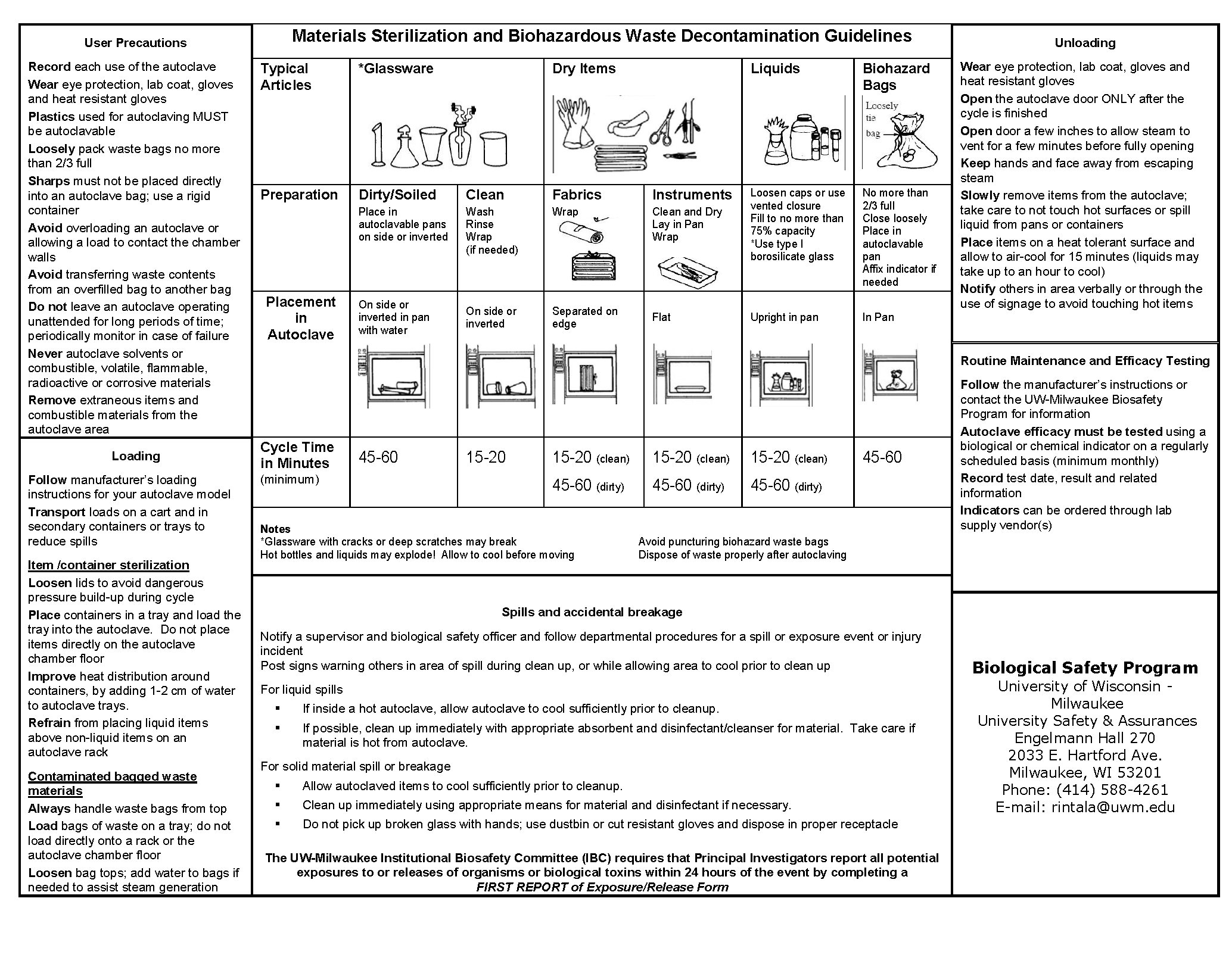Biohazardous liquid wastes are liquids containing biohazardous waste.
Biohazard waste disposal methods.
Solid biohazardous waste collect in plastic autoclavable waste bags with a biohazard symbol.
Medical waste is waste generated in labs or clinical settings that is not contaminated but could appear hazardous to outsiders.
Waste is subjected to a timed high temperature high pressure steaming process to render any infectious agents neutral after which the waste is ready for disposal and taken to a landfill or waste to energy facility.
Any amount over 25 milliliters requires a different disposal method.
Biohazardous sharps waste must be disposed of in an fda approved container that is manufactured for the disposal of biohazardous sharps waste.
Healthcare personnel must collect any liquid biohazardous waste in leak proof containers.
Epa has developed an interim guidance for public meetings for the rcra program during covid 19.
967 a single leak resistant biohazard bag is usually adequate for containment of regulated medical wastes provided the bag is sturdy and the waste can be discarded without contaminating the bag s exterior.
Biohazardous waste also called infectious waste such as blood body fluids and human cell lines is waste contaminated with potentially infectious agents or other materials that are deemed a threat to public health or the environment.
There are a variety of treatment methods for the disposal of biohazardous waste.
Disposal of syringes and other sharps in a biohazard sharps container.
4 labeled with the universal biohazard symbol.
Osha and commonwealth of massachusetts regulations 105 cmr 480 000 require that biohazardous waste be properly labeled stored and disposed of.
Contamination determines the disposal method.
The contamination or puncturing of the bag requires placement into a second biohazard bag.
They must secure the container so it doesn t tip over and label the container as a biohazard.
3 a lid that can be securely closed once full.
2 restricted opening disallowing retrieval of sharps.
Disposal of culture dishes and pipets in biohazard bags and hard sided leak proof containers that are clearly marked with the biohazard symbol.
Proper handling and disposal of biohazardous waste is necessary to prevent infection of personnel laboratory workers custodians laboratory visitors etc and release to the environment.
How to dispose of liquid waste.
Loosely tie bags before autoclaving to allow steam to penetrate.
For specific procedures refer to your approved protocol or contact ehs.
Double bagging is recommended for petri dishes.
Epa has compiled frequent questions about covid 19 and waste.
Epa has developed an interim guidance on site field work decisions due to impacts of covid 19.
The two most common methods are.
Biohazard disposal guidelines are primarily regulated at the state level but can include.
Contain the bag inside a rigid leak proof container that has a biohazard symbol itself or allows the bag s biohazard symbol to be visible.
Decontaminate by treating with an appropriate disinfectant.

